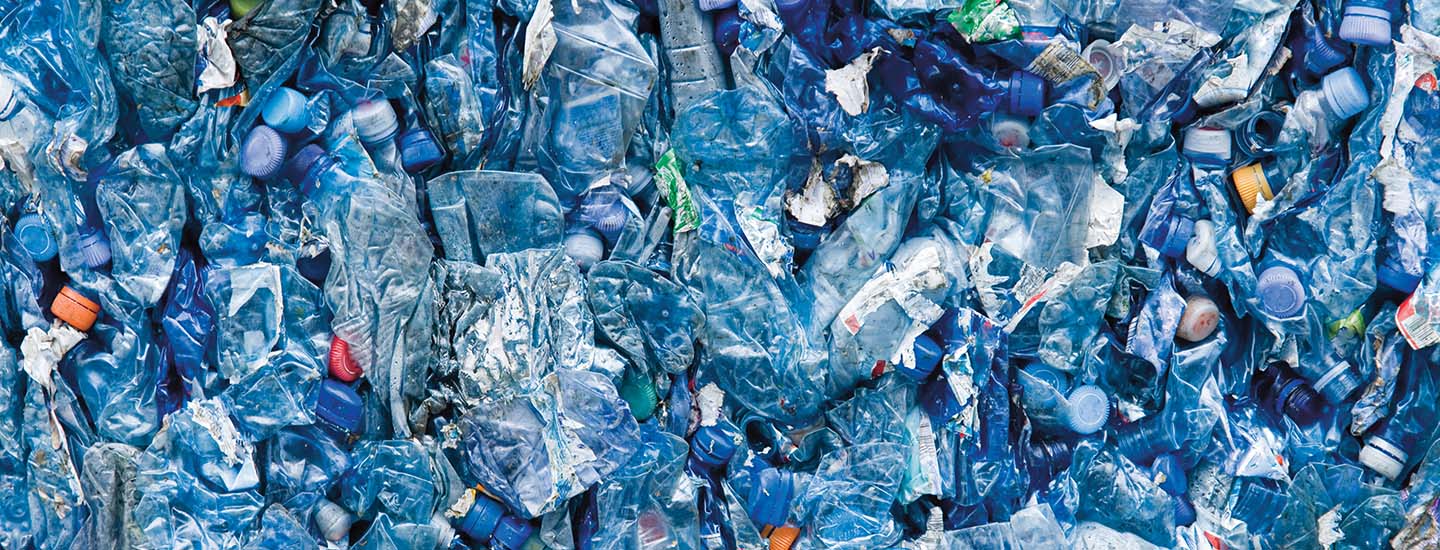Imagine this: You chug down a bottle of water after soccer practice and make sure to toss it into a recycling bin instead of the trash. After all, you know how harmful plastic waste can be to the environment. Satisfied, you give yourself a mental pat on the back for taking this small but important step to protect the planet.
There’s just one problem. A huge amount of the plastic we think is getting recycled actually ends up in landfills or waterways, where it can take centuries to decompose. According to the Environmental Protection Agency, less than 9 percent of plastic waste in the United States was successfully recycled in 2018, the latest year for which figures are available.
So why have we all been taught to recycle yogurt containers, milk jugs, and other plastic items? Experts say the plastics industry has done a great job of promoting recycling as an easy way to help the environment. Plastic manufacturers know that their products will sell better if consumers think they can use them without damaging the planet.
Imagine that you chug down a bottle of water after soccer practice. You make sure to toss it into a recycling bin instead of the trash. After all, you know plastic waste can be harmful to the environment. Satisfied, you give yourself a mental pat on the back for taking this small but important step to protect the planet.
There is just one problem. A huge amount of the plastic we think is getting recycled actually ends up in landfills or waterways. There, it can take centuries to decompose. According to the Environmental Protection Agency, less than 9 percent of plastic waste in the United States was successfully recycled in 2018. (That is the latest year for which figures are available.)
So why have we all been taught to recycle yogurt containers, milk jugs, and other plastic items? Experts say the plastics industry has done a great job of promoting recycling as an easy way to help the environment. Plastic manufacturers know that their products will sell better if consumers think they can use them without damaging the planet.

